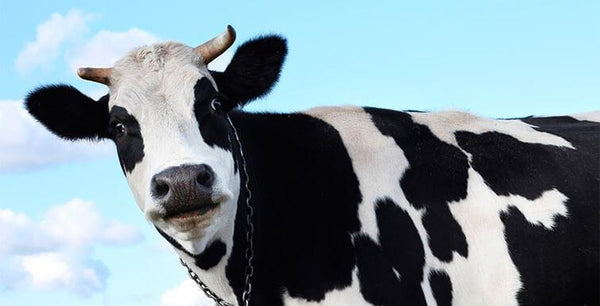Support Food Banks Canada with every dollar spent — 15% sales donated from Black Friday to Cyber Monday.
Time remaining:
Time remaining:

Stored manure is often referred to as “rotted manure.” It has no unpleasant smell, and its texture has changed since it was produced. Rotted manure is a fantastic soil amendment. Ideally it will retain some of its natural nitrogen, but not to the extent that it causes burning or excessive foliar growth in your crops. In some farming systems manure is stored for a year in a pile with steep, compacted sides.
Continue ReadingDeciduous trees can't make enough of the short days and the sun appearing low on the horizon, so nearly all of them shed their leaves. The sugars in the drying leaves convert into starches and are drawn back into the tree trunk as the tree enters dormancy. This causes the dramatic change in leaf colours and leads to leaves falling.
Continue Reading“Green manure” is the name given to cover crops that are planted for the purpose of adding nutrients and organic matter to the soil. These plants can be as effective as animal manure in producing humus, thereby increasing soil fertility...
Continue ReadingThe bean is an annual plant of the family Fabaceae. This is a huge plant family, with over 19,000 species, so there are many interesting facts about beans. Only orchids and asters outnumber the members of this botanical group. Among...
Continue ReadingPlanting for fall & winter harvests has to start in the summer and fall. Just like we sow summer harvest crops in the late winter and spring – it’s the same concept. Did you know that many crops can be...
Continue ReadingWest Coast Seeds has conducted significant research into the companion planting guidelines and has defined the best possible results and reasons for each of our recommendations in our companion planting chart, below are a few thoughtful suggestions for you while planning your garden this year.
Continue ReadingHedgerows provide important cover for mammals, from voles to coyotes, and create a natural corridor to cross the property in relative safety. The shrubs provide excellent nesting sites for songbirds, and the tall trees (eventually) provide much needed nesting spots for raptors. We are so pleased to add this feature to our organic field.
Continue ReadingThrough April and May we enjoyed a very robust display of lupins planted around our farmhouse and over the septic berm. The blue and purple flowers were visible from the nearby overpass and painted a streak of colour across the...
Continue ReadingIt’s tempting to imagine, when planting a row of spring radishes, that they will be ready in perfect shape at harvest time, free from blemishes, and wholly uniform in size and shape. Typically, though, this is not the case. There...
Continue ReadingThese gastropods (Snails and Slugs) are a fact of life in damp coastal BC. Two factors, however, can be used to minimize their impact on your organic vegetable garden. First, they shun sunlight, and are mostly active at night. Second,...
Continue ReadingIn this installment of Commit to Grow for Earth Day, we take the chance to explain why we choose to maintain our status as certified organic handlers of seeds. What does it mean to be certified organic? Organic certification has...
Continue ReadingCatnip (Nepeta cataria) This perennial member of the mint family is native from eastern Europe eastward to China. It is a bushy, branching herb that grows to 50–100cm (20–39″) tall. Like many mints, its stems are square in cross section,...
Continue ReadingAfter years of promoting Community Supported Agriculture, I finally broke down and joined a CSA program at one of the local organic farms. What a great decision it was, too! Back in February we signed up for a “small” farm...
Continue Reading